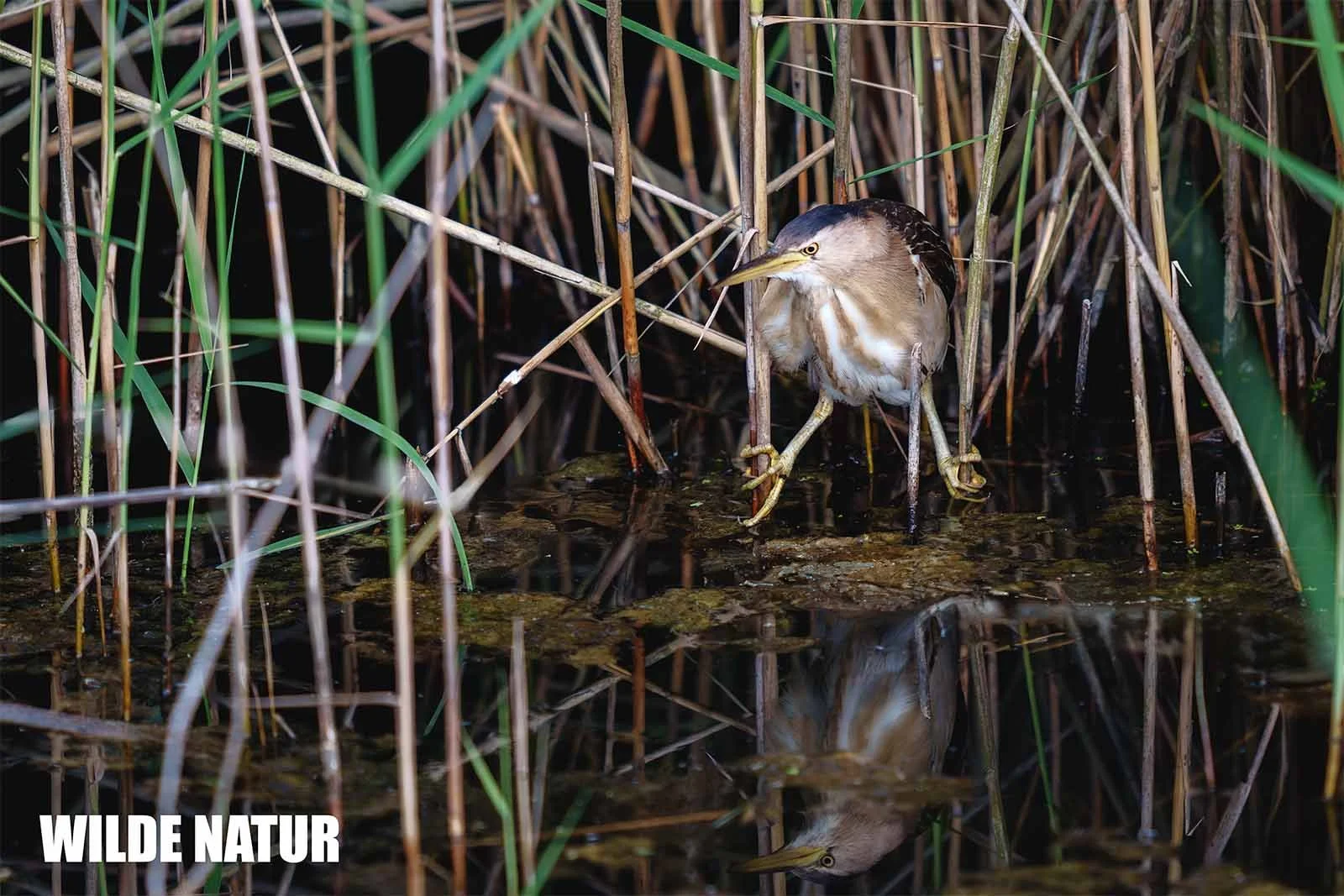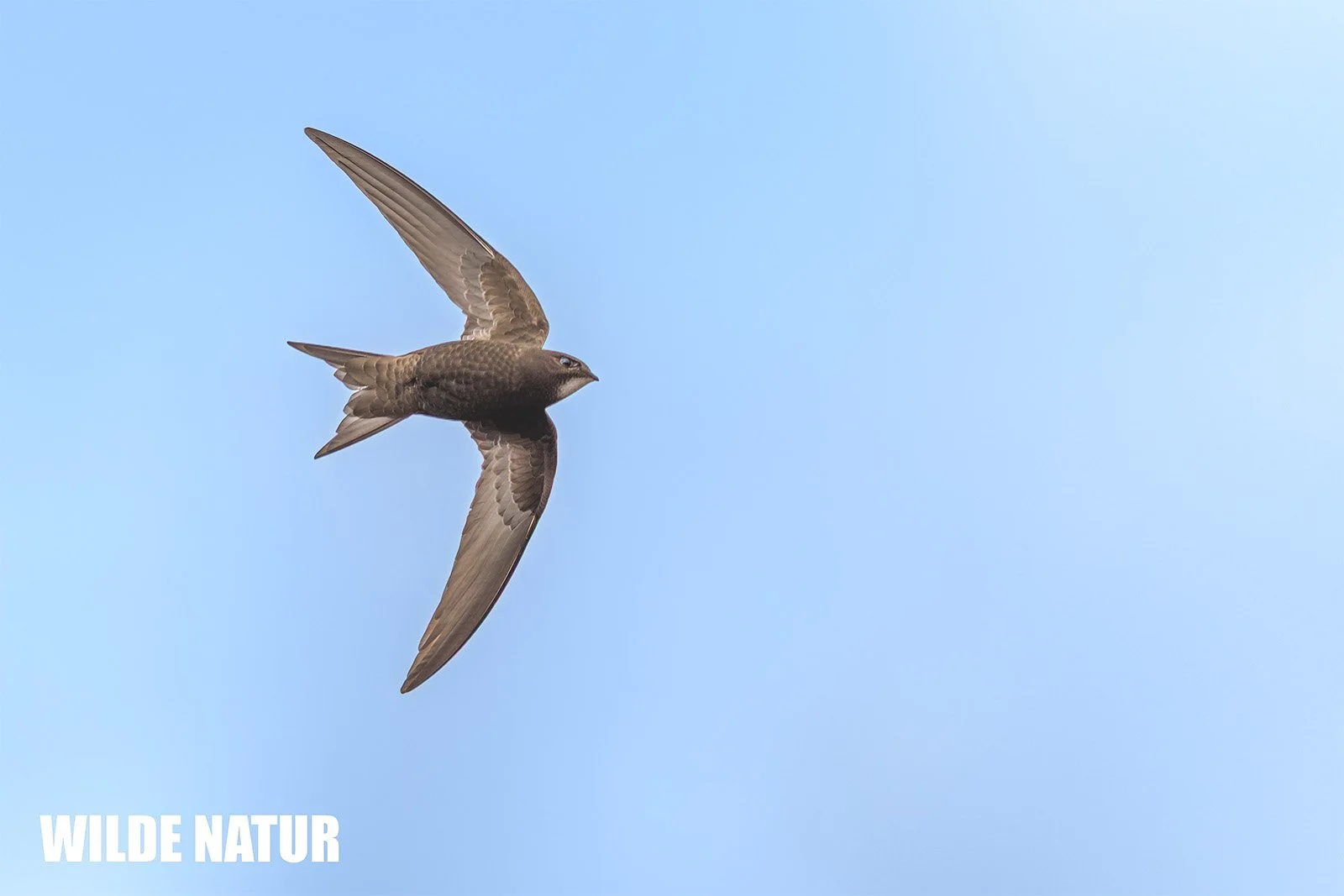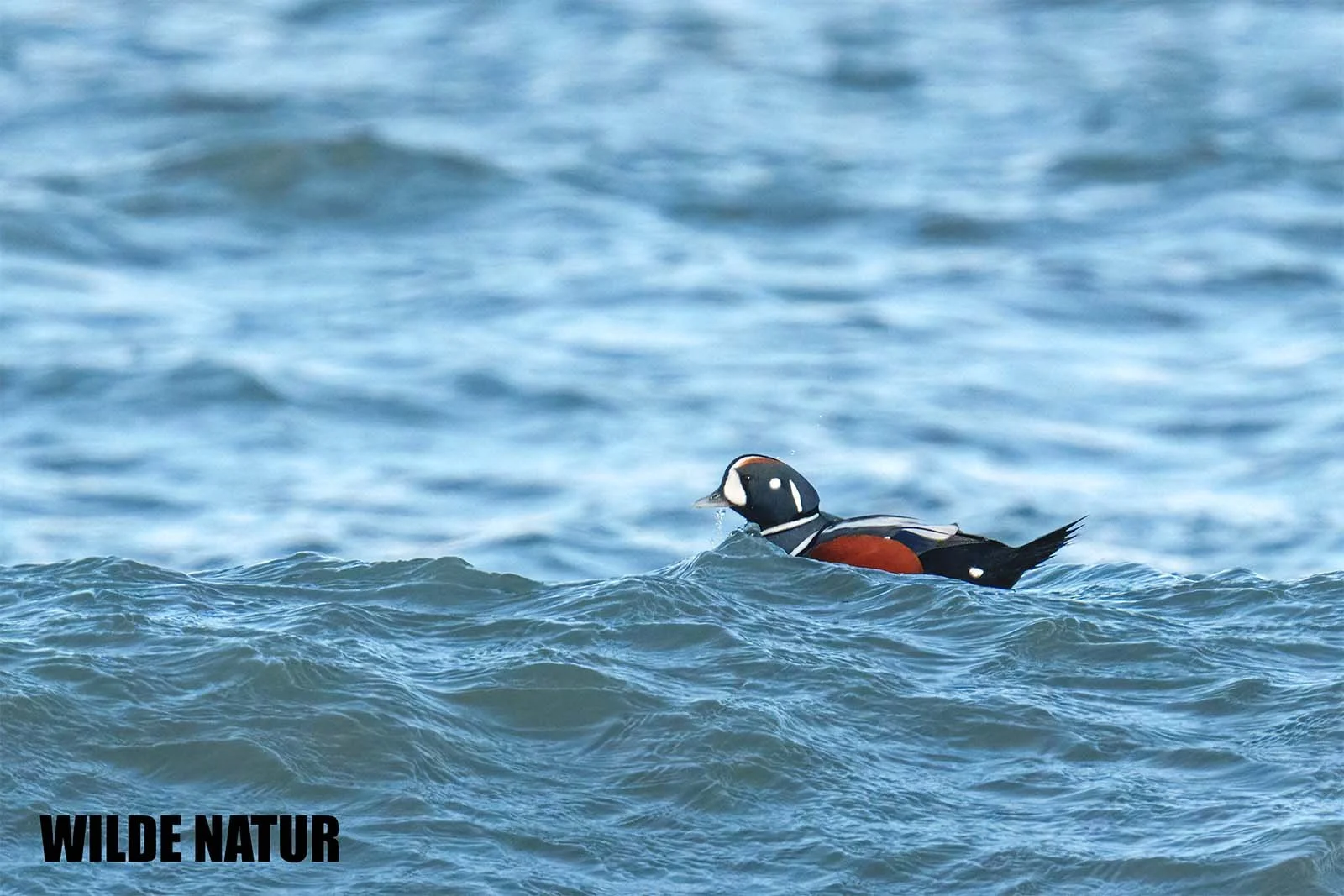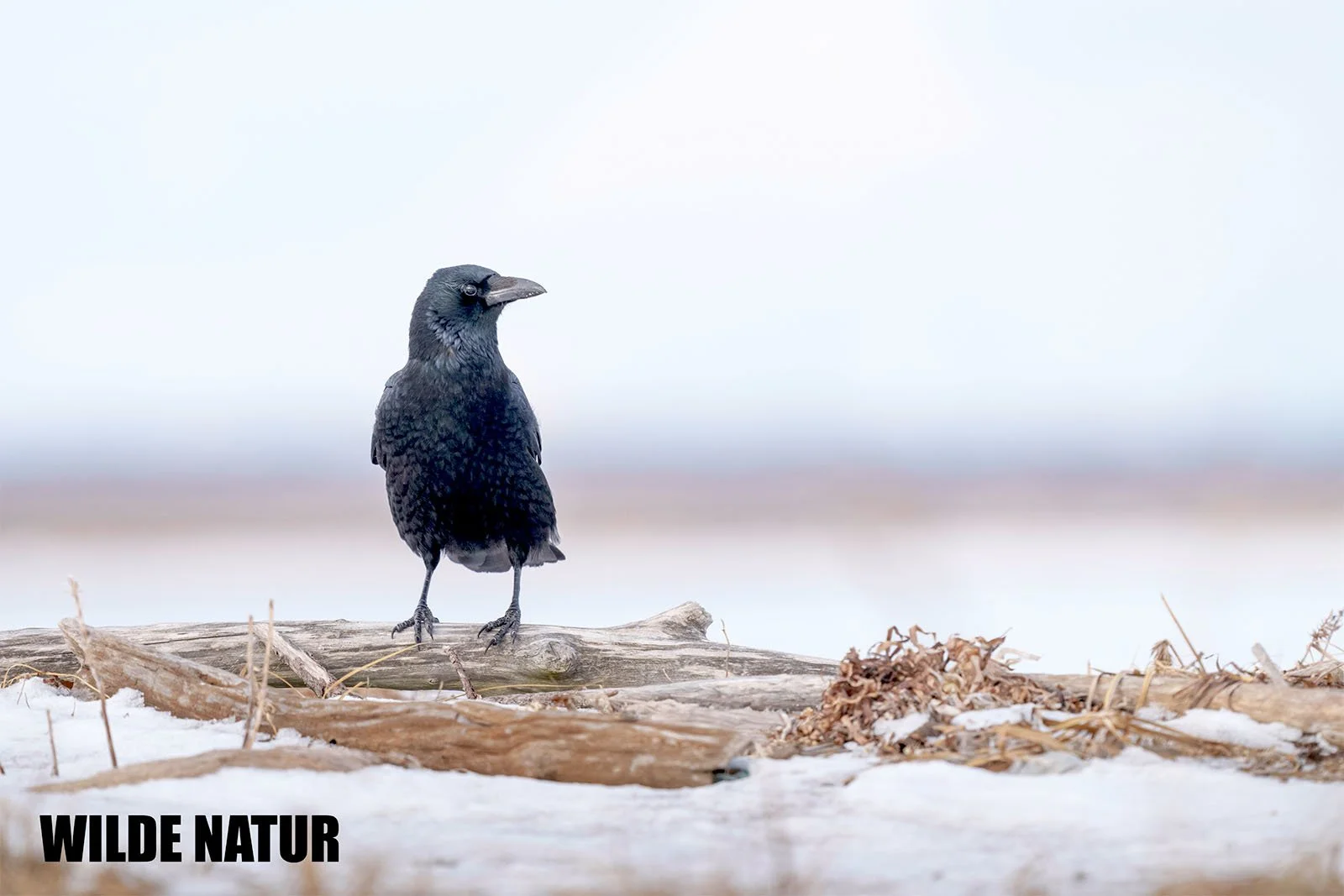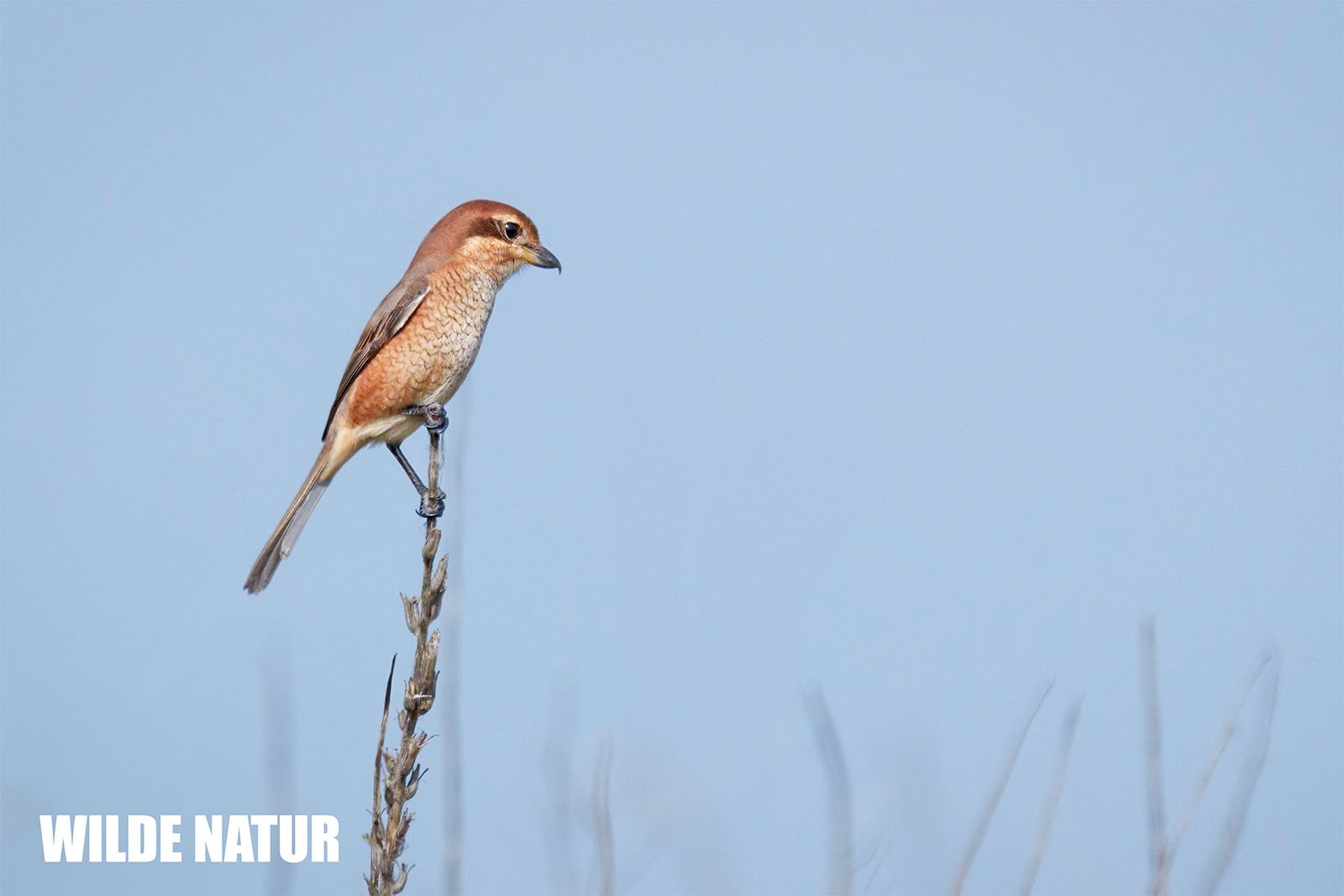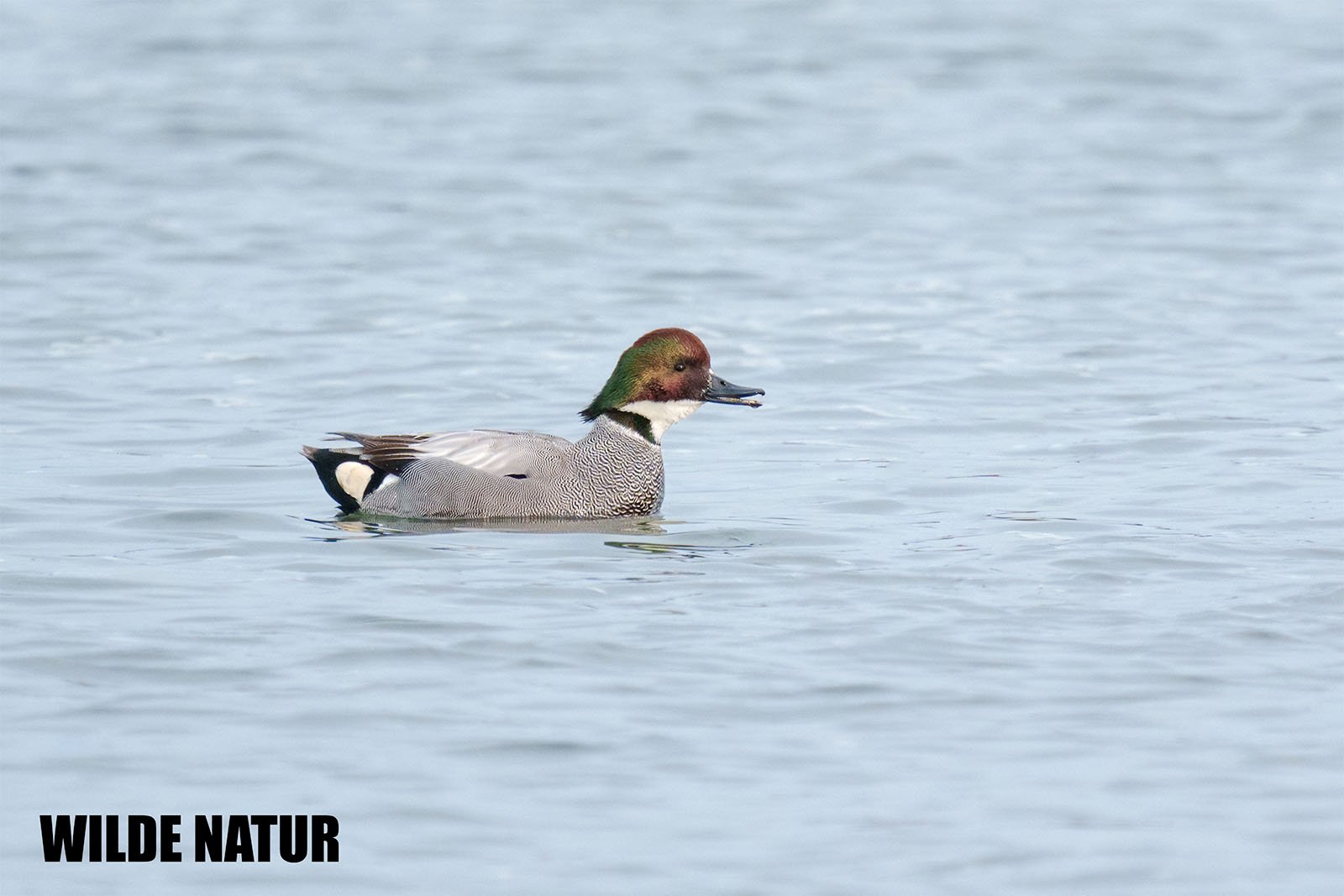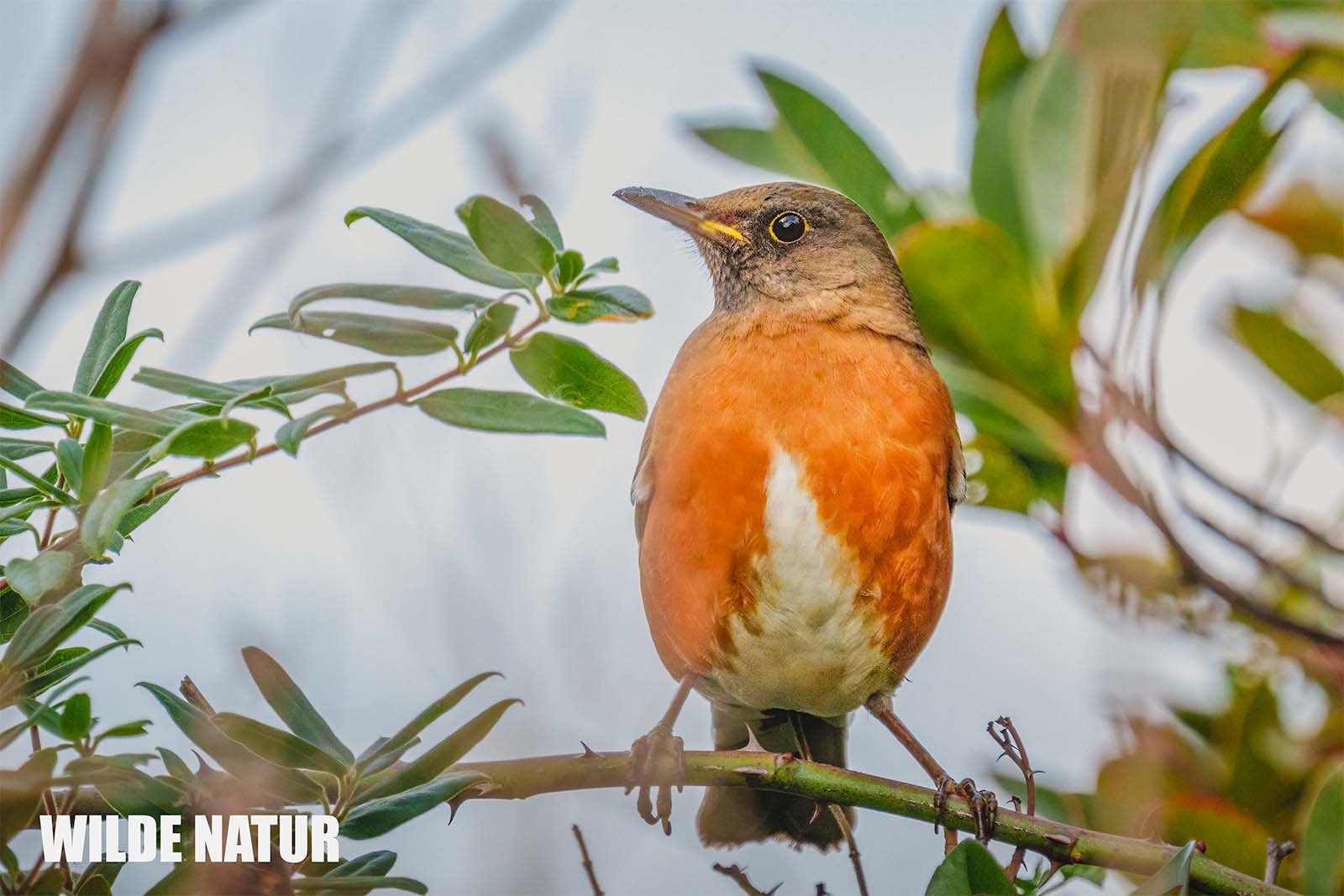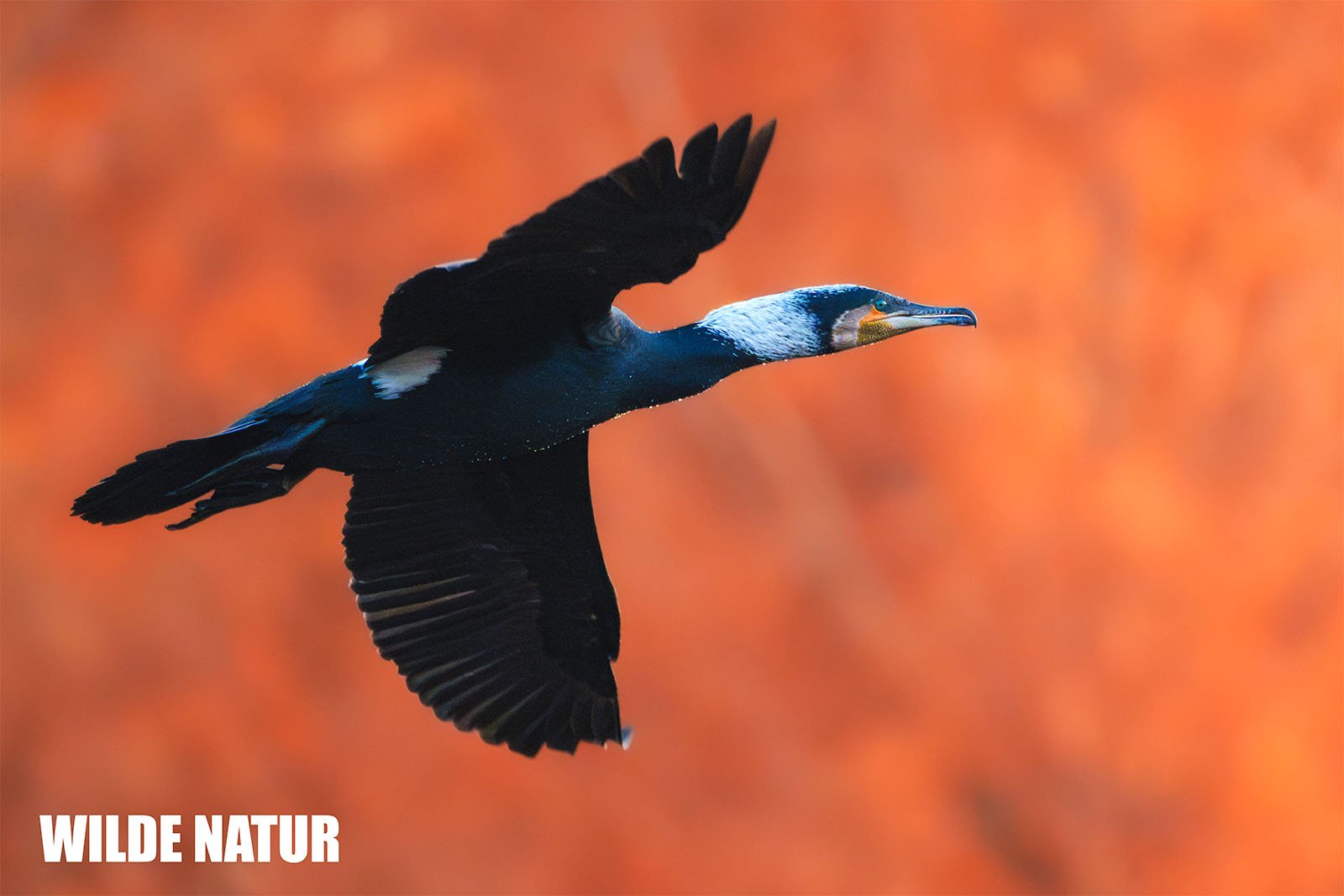Yellowhammer (Emberiza citrinella)
Yellowhammer (Emberiza citrinella) is widespread in Europe and a typical inhabitant of hedgerows and fields
Yellowhammer (Emberiza citrinella) – The Songbird with a Yellow Head
Key Facts:
- Size: 15.5–17 cm
- Features: Yellow head, yellow chest, reddish-brown rump
- Habitat: Open landscapes with hedges and forest edges
- Breeding: Nest close to the ground in dense bushes or grass
- Diet: Seeds, grains, insects
Table of Contents
- Introduction: The Yellowhammer – A Familiar Bird of the Countryside
- Appearance and Features: How to Recognize the Yellowhammer
- Habitat and Distribution: Where the Yellowhammer Lives
- Behavior and Diet: A Specialist in Open Landscapes
- Breeding: A Well-Hidden Nest Near the Ground
- FAQ: Common Questions about the Yellowhammer
- Shortlist – Color Features
1. Introduction: The Yellowhammer – A Familiar Bird of the Countryside
The Yellowhammer is widespread across Europe and is a typical resident of hedgerows and fields. Known for its bright yellow plumage and characteristic song, often described as “a-little-bit-of-bread-and-no-cheese,” this bird is a common sight in quiet, open rural areas.
2. Appearance and Features: How to Recognize the Yellowhammer
The Yellowhammer is a medium-sized songbird, about 15.5 to 17 cm long. Its distinctive yellow tones make it easy to identify:
Feathers:
The male has bright yellow feathers on its head, chest, and underside. The back is brown with streaks, and the rump is reddish-brown. Females and juveniles are less brightly colored, with more brownish tones and subtle streaks. This muted coloring helps them blend in with their surroundings.Beak:
The Yellowhammer’s beak is short, strong, and pale horn-colored, perfect for cracking hard seeds and grains that make up most of its diet.Eyes:
The eyes are dark and simple, with no noticeable eye-ring. This gives the bird a clear and alert expression.Feet:
The legs and feet are light brown, blending well with the earthy tones of the bird’s plumage. This coloring helps it move unnoticed through grass and bushes.
3. Habitat and Distribution: Where the Yellowhammer Lives
The Yellowhammer prefers open landscapes with hedges, forest edges, and field groves. It is commonly found in agricultural areas. The bird avoids dense forests and instead thrives in light, structured environments where it can find both food and safe nesting spots. Typical habitats include fields, road edges, and bushes in rural areas.
4. Behavior and Diet: A Specialist in Open Landscapes
The Yellowhammer is a ground-feeding bird, often searching for food close to the ground. In summer, its diet mainly consists of insects, while in winter it switches to seeds and grains. Its song is often heard during the breeding season, as males sing from high perches to mark their territory and attract mates.
5. Breeding: A Well-Hidden Nest Near the Ground
The breeding season for the Yellowhammer starts in spring. The nest is well hidden in dense bushes or tall grass close to the ground. It’s made of grass, moss, and plant fibers and is well camouflaged. The female typically lays three to five eggs, which are incubated for about two weeks. Both parents feed the chicks, which remain in the nest for another two weeks before fledging.
6. FAQ: Common Questions about the Yellowhammer
1. Where is the best place to observe the Yellowhammer?
The Yellowhammer is best spotted in open landscapes with hedges, fields, and forest edges. It is especially common in agricultural areas.
2. What does the Yellowhammer mainly eat?
In summer, the Yellowhammer feeds mainly on insects. In winter, its diet shifts to seeds and grains.
3. How can you tell the difference between male and female Yellowhammers?
The male has bright yellow feathers on its head and chest, while the female is more brownish and less brightly colored.
4. When and where does the Yellowhammer build its nest?
The Yellowhammer builds its nest in spring, hidden in dense bushes or tall grass close to the ground.
5. What does the Yellowhammer’s song sound like?
The Yellowhammer’s song is often described as “a-little-bit-of-bread-and-no-cheese” and is commonly heard during the breeding season.
7. Shortlist – Color Features
Feathers:
- Males: Yellow head and chest, reddish-brown rump
- Females: Brown streaks with duller yellow tones
- Juveniles: Subtle brown coloring with fine streaking
Beak:
- Short, strong, pale horn-colored
Eyes:
- Dark, no prominent eye-ring
Feet:
- Light brown
The Yellowhammer is a colorful bird of the countryside, known for its melodic song and striking appearance. It’s a common sight in the open landscapes of Central Europe, providing a cheerful presence even in the quietest rural areas.




